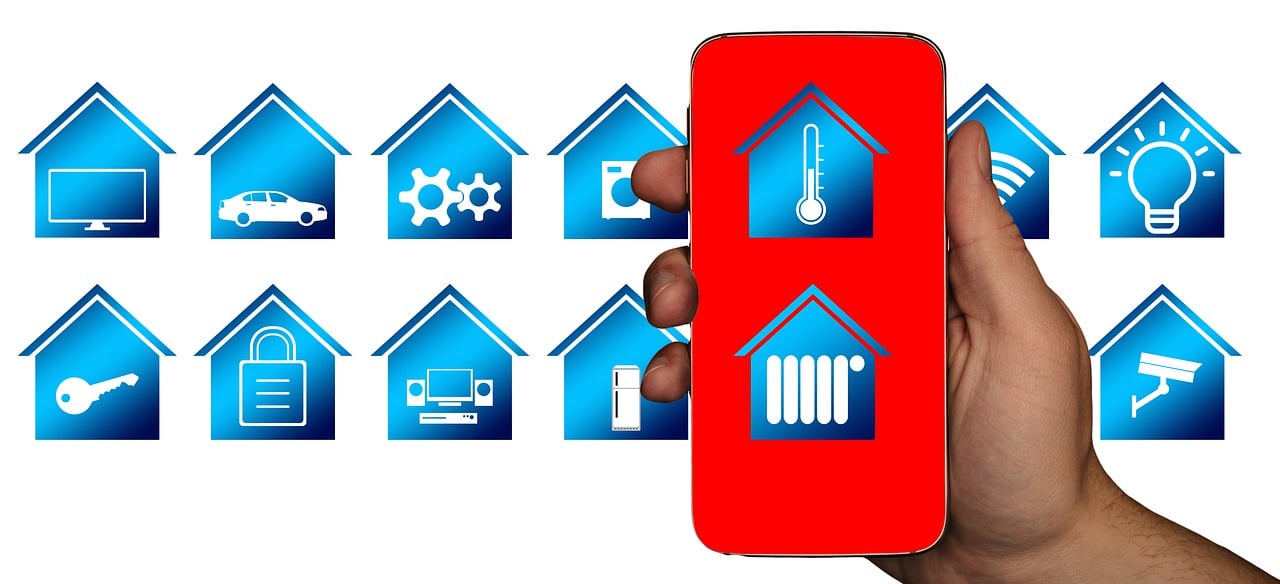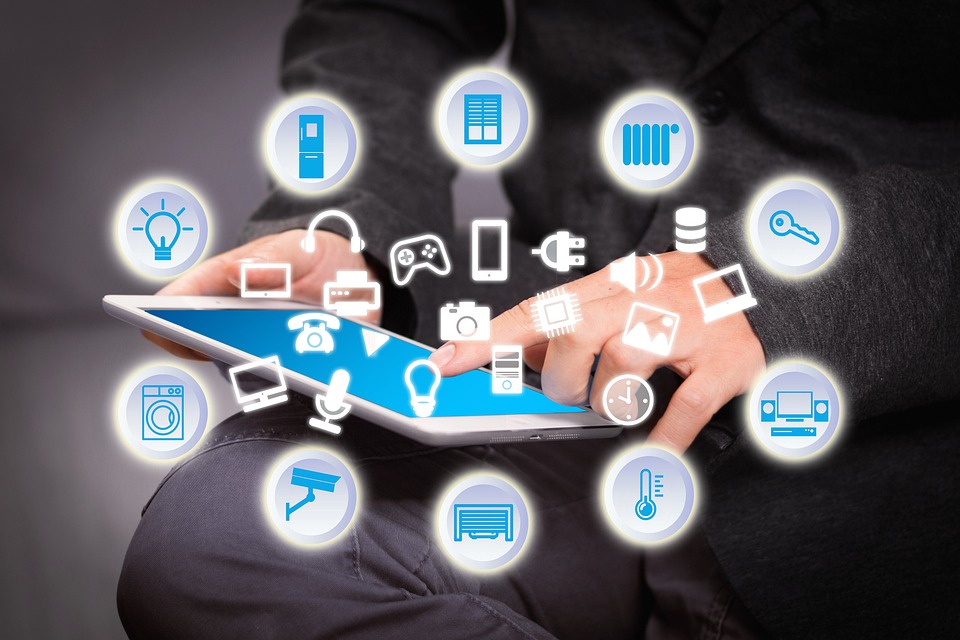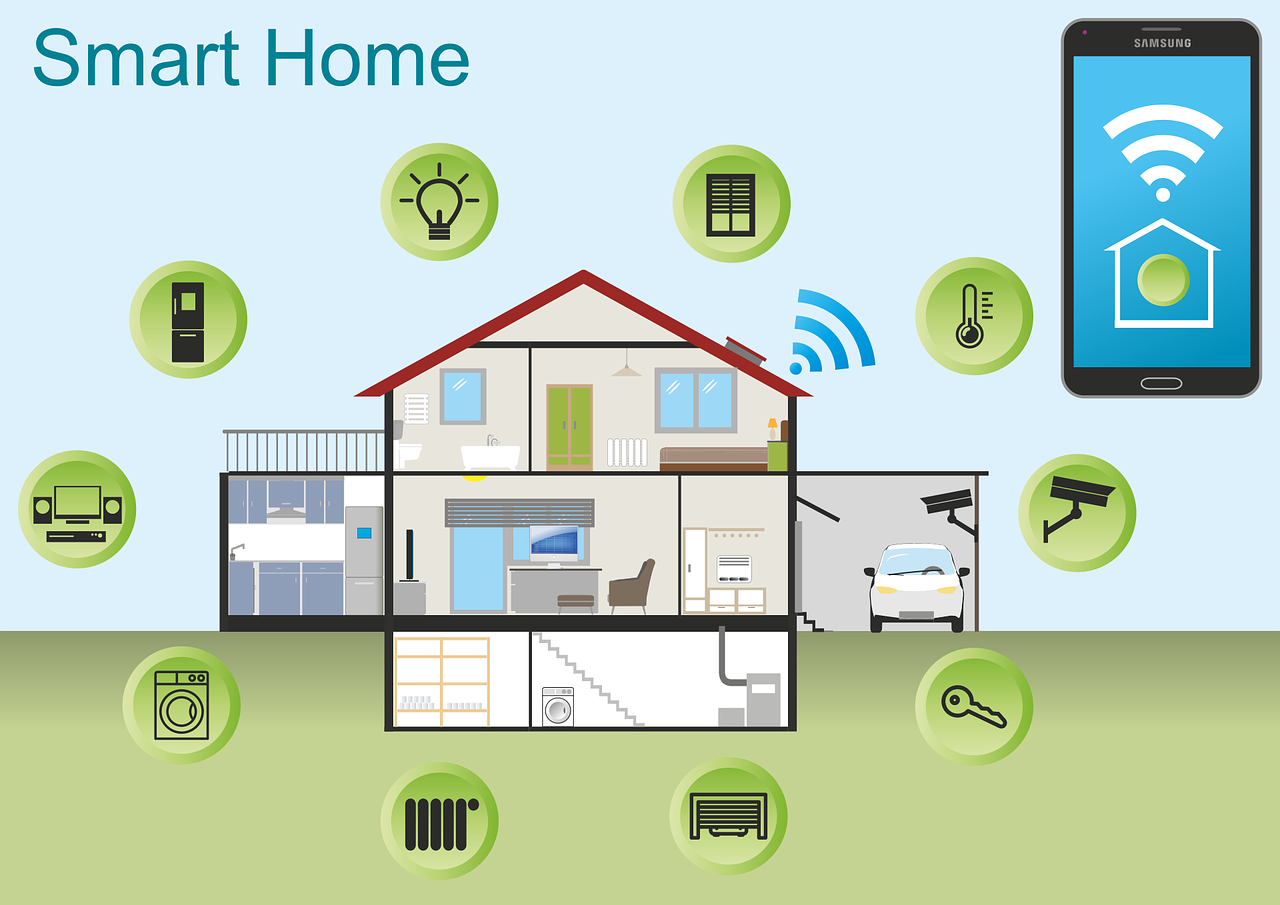The concept of home automation has transformed from a futuristic fantasy into a tangible reality, reshaping our daily lives and living spaces. As we delve into the future of home automation, it’s clear that smart homes are evolving at an unprecedented pace. From basic programmable devices to sophisticated AI-driven ecosystems, smart home technology has come a long way. This article explores the cutting-edge trends and innovations that are set to define the next generation of intelligent living spaces.
The Evolution of Smart Home Technology
From Basic Controls to AI Integration
The journey of smart home technology began with simple automated controls like programmable thermostats and remote-controlled lighting. Today, we’re witnessing a paradigm shift towards AI-powered systems that learn from user behavior and anticipate needs. For instance, modern smart thermostats not only allow remote control but also learn occupancy patterns and adjust temperatures automatically for optimal comfort and energy efficiency.
The Role of IoT in Home Automation
The Internet of Things (IoT) has been a game-changer in home automation, enabling seamless communication between devices and creating truly interconnected living spaces.
Key IoT-enabled devices revolutionizing home automation:
- Smart speakers and voice assistants
- Connected appliances (refrigerators, ovens, washers)
- Smart locks and security systems
- Intelligent lighting systems
- IoT-enabled HVAC systems
- Smart power outlets and switches
Key Trends Shaping the Future of Smart Homes
Staying abreast of emerging trends in smart home automation is crucial for homeowners and industry professionals alike. These innovations not only enhance comfort and convenience but also promise to revolutionize how we interact with our living spaces.
AI and Machine Learning in Smart Homes
Artificial Intelligence and Machine Learning are making smart homes more intuitive and personalized than ever before. AI-powered systems can analyze patterns in user behavior, environmental conditions, and device usage to make proactive decisions.
Examples of AI in smart homes:
- Adaptive thermostats that learn occupancy patterns and adjust temperatures automatically
- Smart lighting systems that mimic natural light cycles for better sleep and productivity
- AI-powered security cameras that can distinguish between residents, guests, and potential intruders
Enhanced Voice-Controlled Systems
Voice control technology is becoming more sophisticated, offering more natural language processing and multi-command capabilities.
Top voice assistants and their unique features:
- Amazon Alexa: Vast ecosystem of compatible devices, multi-room audio
- Google Assistant: Advanced natural language processing, integration with Google services
- Apple Siri: Tight integration with Apple devices, focus on privacy
- Samsung Bixby: Deep integration with Samsung smart appliances
- Microsoft Cortana: Strong integration with Windows PCs and productivity tools
Advanced Energy Management Solutions
Smart homes are becoming increasingly energy-efficient with automated energy management systems that optimize power consumption based on usage patterns and real-time energy pricing.
| Technology | Benefits |
|---|---|
| Smart thermostats | Can reduce heating and cooling costs by 10-15% |
| Automated lighting controls | Can cut lighting energy use by up to 60% |
| Smart power strips | Eliminate standby power consumption, saving up to 10% on electricity bills |
| Solar integration with battery storage | Can reduce reliance on grid power by up to 80% in some cases |
| Smart appliances with energy-saving modes | Can reduce overall energy consumption by 10-20% |
Interoperability and Universal Standards

As the smart home market matures, the need for device compatibility and universal standards becomes increasingly important. Interoperability ensures a cohesive smart home ecosystem where devices from different manufacturers can communicate seamlessly.
The Rise of Matter and Unified Standards
Matter, a new connectivity standard backed by major tech companies, aims to solve compatibility issues in smart homes. It promises to enable devices from different brands to work together seamlessly.
Companies supporting Matter:
- Amazon
- Apple
- Samsung
- IKEA
- Signify (Philips Hue)
Expanding Ecosystems and Integrations
Major smart home ecosystems are expanding to integrate more devices and services, creating more comprehensive and user-friendly experiences.
Recent integrations and their impact:
- Apple HomeKit integration with third-party security cameras
- Amazon Alexa’s expansion into automotive systems
- Google Home’s integration with Nest products for enhanced energy management
- Samsung SmartThings’ compatibility with Matter-enabled devices
Privacy and Security Concerns in Smart Homes
As smart homes become more prevalent, concerns about data security and privacy are growing. Addressing these concerns is crucial for the continued adoption and trust in smart home technology.
Advanced Encryption and Local Storage Solutions
New security protocols and local data storage options are being implemented to protect user data and privacy.
Devices offering advanced security features:
- Ecobee SmartThermostat: End-to-end encryption for voice commands
- Apple HomePod: Local processing of voice commands
- Arlo Pro 4 security cameras: Advanced object detection with local storage options
- Yale Assure Lock: End-to-end encryption for access codes
Role of Blockchain in Enhancing Security
Blockchain technology has the potential to provide decentralized security for smart homes, offering enhanced data protection and device authentication.
Potential applications of blockchain in home automation:
- Secure, tamper-proof logs of device activities and user interactions
- Decentralized identity verification for accessing smart home systems
- Smart contracts for managing shared spaces in multi-unit dwellings
- Secure over-the-air updates for IoT devices
Health and Wellness Integration

The integration of health and wellness features into smart homes is an emerging trend with significant potential to impact daily life positively.
Smart Health Monitoring Devices
Devices that monitor air quality, sleep patterns, and other health metrics are becoming increasingly popular in smart homes.
Popular health-focused smart home products:
- Awair Element: Monitors air quality and provides actionable insights
- Withings Sleep: Tracks sleep cycles and detects sleep apnea
- Molekule Air Purifier: Uses nanotechnology to destroy pollutants
- Philips Hue: Offers circadian lighting to support natural sleep-wake cycles
- Ecobee SmartThermostat: Monitors humidity levels for optimal comfort
Automated Home Environments for Better Health
Smart homes can create healthier living environments by regulating air quality, lighting, and other environmental factors.
| Automated System | Health Impact |
|---|---|
| Smart air purifiers | Can reduce indoor air pollutants by up to 99.97% |
| Circadian lighting | May improve sleep quality and daytime alertness by up to 20% |
| Automated humidity control | Can reduce the risk of respiratory issues by maintaining optimal humidity levels |
| Smart water filtration | Ensures cleaner drinking water, potentially reducing waterborne illnesses |
| Noise-canceling systems | Can reduce stress and improve sleep quality in noisy environments |
The Future of Smart Home Interfaces
The way we interact with our smart homes is evolving, with new technologies like AR and VR playing an increasingly important role.
Augmented Reality and Virtual Assistants
AR and virtual assistants are changing how we visualize and control our smart home systems.
Potential applications of AR/VR in smart home automation:
- Virtual room planning and furniture placement
- AR-based device control and status visualization
- Immersive smart home control centers
- Virtual tours for remote property management
- AR-enhanced maintenance and troubleshooting guides
Gesture and Touchless Controls
Gesture-based controls are becoming more prevalent, offering improved accessibility and convenience.
Examples of devices utilizing gesture control technology:
- Philips Hue Motion Sensor: Controls lights based on movement
- Google Nest Hub: Supports air gestures for hands-free control
- Moen Smart Faucet: Allows touchless activation and temperature control
- Ultraleap Hand Tracking: Enables mid-air gesture control for various smart home devices
Conclusion
The future of home automation is brimming with exciting possibilities. From AI-driven systems that anticipate our needs to health-focused technologies that create optimal living environments, smart homes are set to become more intuitive, efficient, and beneficial to our overall well-being. As interoperability improves and new interface technologies emerge, we can expect smart homes to offer even more seamless and personalized experiences. However, addressing privacy and security concerns will be crucial for widespread adoption and trust in these technologies. By staying informed about these trends, homeowners and industry professionals can make informed decisions and fully harness the potential of smart home innovations.

